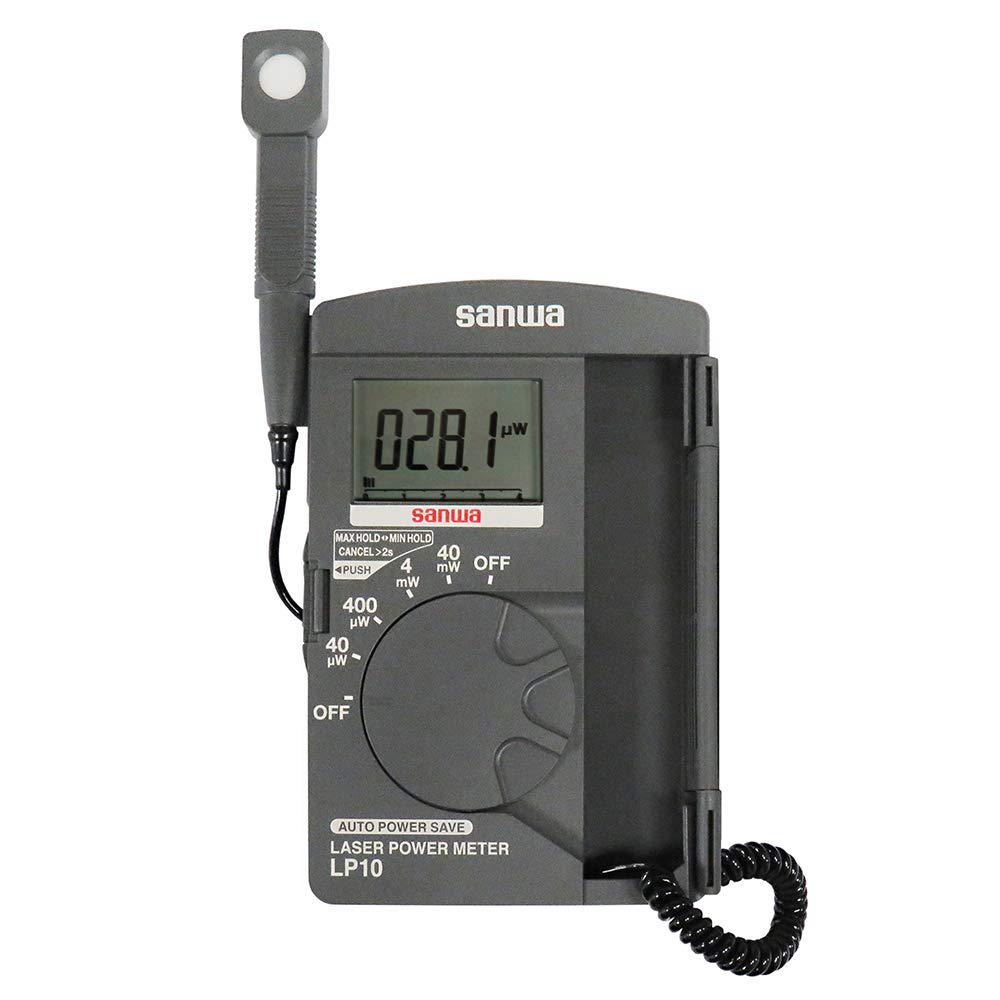Introduction to the equipment
Laser energy meters are commonly used to detect the single-shot energy of repetitive pulse lasers and the energy of single-pulse lasers. Ophir's thermopile laser power meter converts light energy into heat through the thermopile structure, and then converts it into electrical signal output, and accurately measures the size of the laser power through calibration. The laser power meter is generally composed of a probe and a display device. According to different principles and materials, the laser power meter probe is divided into a thermopile type (thermal), a photodiode type (PD:Photodiode), and a comprehensive probe (RP) containing two kinds of sensors. , The laser energy meter has a pyroelectric sensor (PE: Pyroelectric) and a thermopile (Thermal) sensor probe.
Manufacturing enterprises
Typical manufacturers are Gentec-EO in Canada and Ophir in Israel, among which there are more than one hundred kinds of Ophir power and energy probes. The probe selection depends on the type of measurement and the parameters of the laser to be measured, such as laser continuous or pulse? Laser power or energy range? Beam diameter? Wavelength (range). No one probe can adapt to all laser test conditions. There are mainly display devices used to display measurement results, meter heads with different functions, or computer connectors. The sensitivity of the photodiode laser energy sensor is high, and the minimum energy that can be detected is up to 10Pj. The pyroelectric laser energy sensor generally has a metal type and a BF type with a higher damage threshold. Due to the large number of types, the appropriate probe can be selected and used through the screening and selection software provided by the manufacturer.
sensor type | Remarks | Scope of application | |||
Power sensor | 1 | Thermopile laser power sensor | Measure power | 1/n·mW~n·Kw | |
Measure single pulse laser energy() | f≤0.2HZ | ||||
2 | Thermopile laser power, position, spot size sensor | Centering, beam positioning, path tracking, power and single pulse energy test | |||
3 | Photodiode laser power sensor | 1pW--n·100mW--3W(filter) | |||
Energy sensor | 4 | Pyroelectric laser energy sensor | The durability is worse than the thermopile type, and the laser irradiation needs to be removed when not in use | f≤25KHZ |
Probe type
Thermopile laser power meter Many, corresponding to different absorption spectra and different power density damage thresholds. Typical examples include:
Surface absorption structure probe:
-BB broad-spectrum absorbing material, the coating damage threshold of this broad-spectrum absorbing material can reach 20KW/cm; the absorption rate is about 90% , The curve from ultraviolet to infrared is smooth;
-EX (Excimerlasers) excimer laser special absorption material, has high absorption rate for ultraviolet light, can withstand high energy or high average power excimer laser, at the same time It also has a good response to 10.6um and other wavelengths, and the maximum average power intensity of -EX is about 2KW/cm.
-LP long pulse absorbing material has a high damage threshold for long pulses or continuous wave lasers on the order of milliseconds, calibrated at 1064nm and 10.6μm, -LP maximum average power intensity About 10KW/cm, the maximum average power intensity of -LP1 is about 20KW/cm.
Bulk absorption structure probe:
-P short-pulse absorption material, applied to the probe of short-pulse laser, the maximum average power intensity is 50W/cm. For pulsed lasers, a special ND absorption glass with an absorption rate of approximately 95% on the surface of the absorption material.
-HE/-HE1 high-energy pulsed laser absorbing material, -HE maximum average power intensity is 500W/cm. For short pulse/high average power lasers, there are high damage thresholds.
-HL high energy long pulse absorbing material, used for high energy, high average power laser with pulse width greater than 2ms
-PF/-SV as an extension of -P probe, Can withstand higher average power and average power density, -PF (3KW/cm), -SV (60KW/cm).

